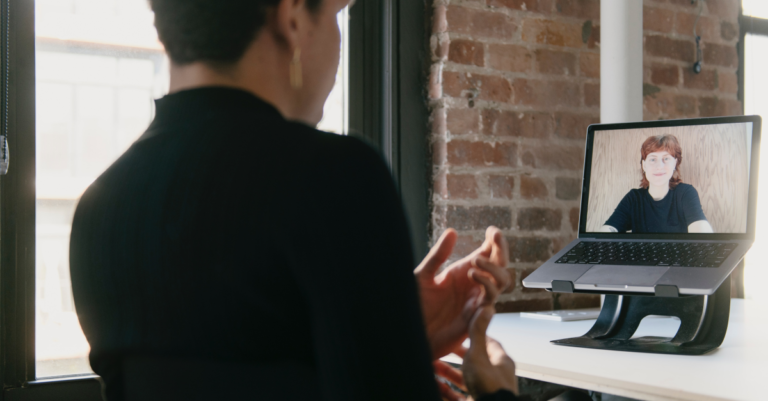A Case for Video Depositions
As attorneys, we know that getting the facts right can make or break our case. When it comes to depositions, one must rely on the quality and accuracy of the transcripts provided, which can potentially include errors and misunderstandings when transcribed by human stenographers. In fact, according to the National Court Reporters’ Association’s website, stenographers can be certified by achieving a 95% accuracy rate. This means that even under the best conditions, there’s an inherent 5% margin of error.
To put this into perspective, in a 300-page deposition transcript, this could equate to hundreds of potential inaccuracies, ranging from minor typographical errors to significant misinterpretations. In a realm where precision is paramount, such a margin leaves notable room for error. Consider, for instance, that even a single misplaced word or misunderstood phrase could dramatically alter the intent or meaning of a statement. The ripple effect of these errors could compromise the integrity of the legal process.
Stenographers are skilled individuals, no doubt. They undergo rigorous training to rapidly type phonetic notes of words spoken on a keyboard invented in 1877. However, they are subject to human limitations and biases; non-video stenographic depositions leave room for such errors. Misheard utterances, over-sights on pivotal details or inability to keep pace with fast-spoken testimonies can all lead to inaccuracies in the transcription.
Even more problematic is the inherent subjectivity that textual depositions entail. Our tone, demeanor, body language, and intention are left at the mercy of the stenographer’s interpretation. This might lead to a transcript that misrepresents the essence of the witness’s position, thereby introducing unnecessary confusion and potential legal jeopardy.
So, what’s the antidote to these pitfalls? It resides in technological innovation – software-powered, video depositions. Rather than relying solely on a stenographer’s skills and objectivity, video depositions ensure a word-for-word, moment-to-moment accurate recording of the proceedings. They capture not just the spoken word, but the tone of voice, body language, and the real-time reactions of the witnesses. With modern advances in Automated Speech Recognition, synced video transcripts and human proofreading, litigants can have confidence that their non-stenographic record is accurate.
Moreover, video depositions make it far easier to revisit and review the testimonies. For attorneys, it streamlines the process of spotting inconsistencies or potential errors in the deposition. And, when contrasted with trudging through pages of a textual deposition, video review is arguably a more engaging and effective method. In fact, many judges prefer digesting key testimony by watching video clips instead of sifting through hundreds of pages of deposition transcripts.
In short, if you aim to avoid the potential errors of human stenographers, video depositions are the way forward. They provide a more accurate, comprehensive, and engaging method of capturing depositions. As the saying goes, “seeing is believing” – and this couldn’t be more true when it comes to the accuracy of depositions. Upgrade your litigation strategy with video depositions and experience the difference firsthand.
We make it easy to get started with Skribe with your own media files: Try it for Free.
Schedule a Demo and experience Skribe in action with a complimentary, no-obligation session tailored to your business needs.
You may also be interested in: Skribe FAQ


